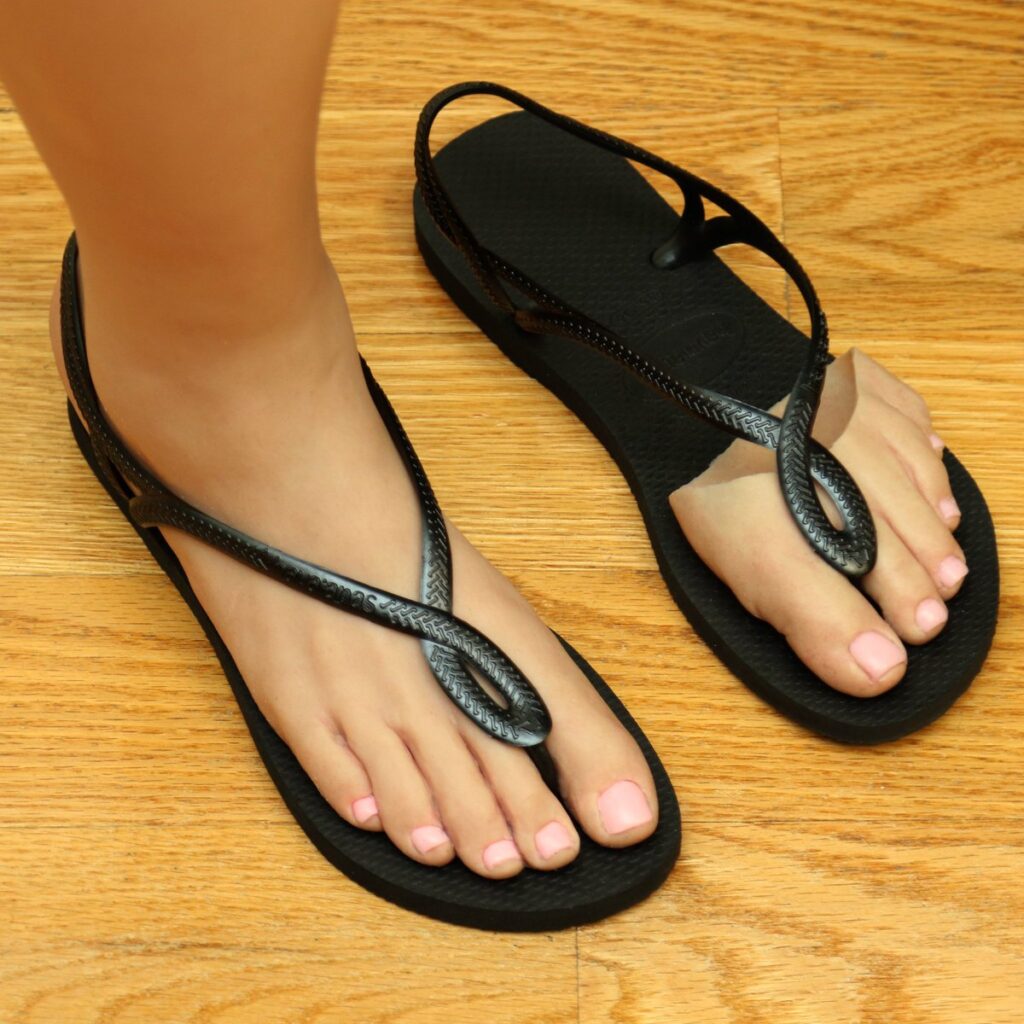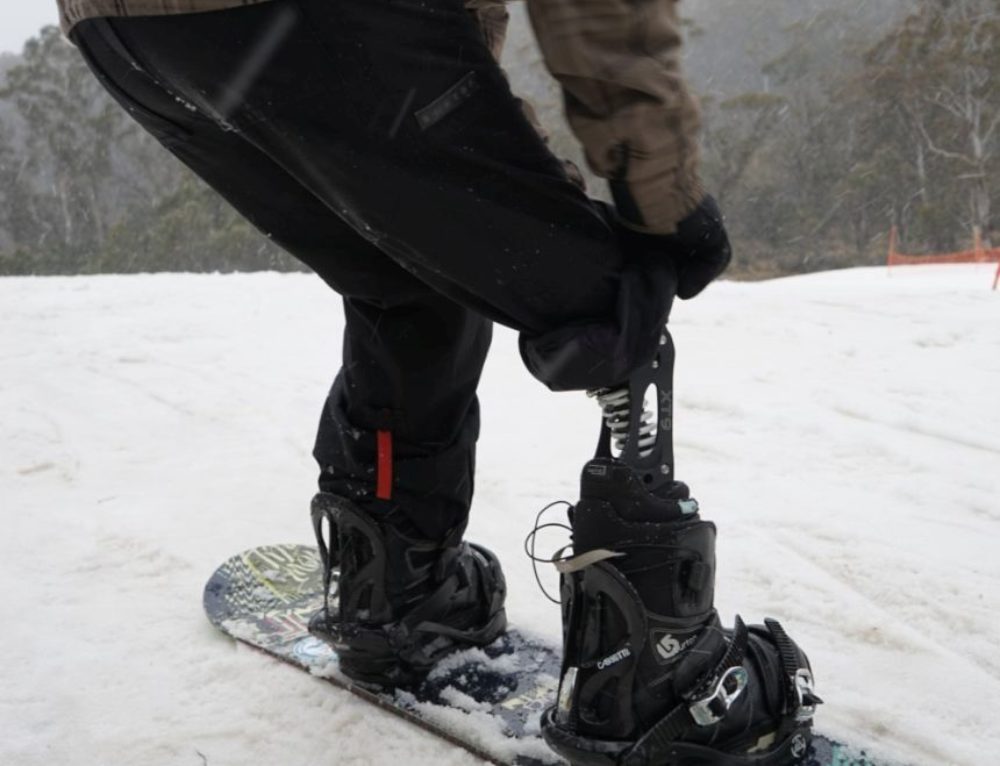Vacuum Suction Socket Design Components.
Vacuum Assist Suspension System
Harmony
Harmony (Vacuum Assist Suspension System): The Harmony® System uses a pump and a one – way valve to effectively create vacuum between the socket and liner. With every step, the system is activated and maintains the required vacuum to control the volume of the residual limb while improving circulation. Shock absorbtion and torsion control add extra function. Better suspension improves proprioception, allowing the user to feel more connected to their environment and improving security in everyday life. read more >
elevated vacuum system
Limb Logic
Limb Logic: For the first time patients have the ability to remotely monitor and adjust their individual vacuum level using the fob provided. This fob also allows the patient to monitor the status of the battery between charges. After setting Limb Logic to the desired level, the system continually monitors the vacuum pressure in the socket to maintain a secure and comfortable fit.Should a leak occur the system will automatically recognize a problem and notify the patient through a vibrating warning and a message on the fob display.
read more >
E-Pulse
E-Pulse: The Harmony e-pulse is an electronically controlled vacuum pump for the creation of negative pressure in the residual limb. It compensates the volume fluctuation of the residual limb occurring in the course of the day, increases the adherence of the shaft and optimizes the connection between the residual limb and prosthesis. This reduces strain between the residual limb and the liner and enhances the perception.The patient enjoys the functional design which both enables and conveys a user-friendly daily operation. read more >













